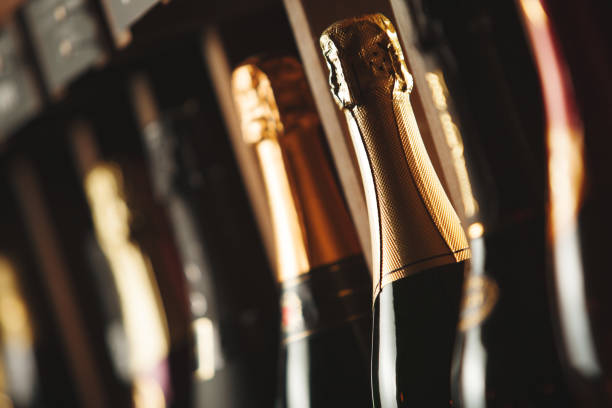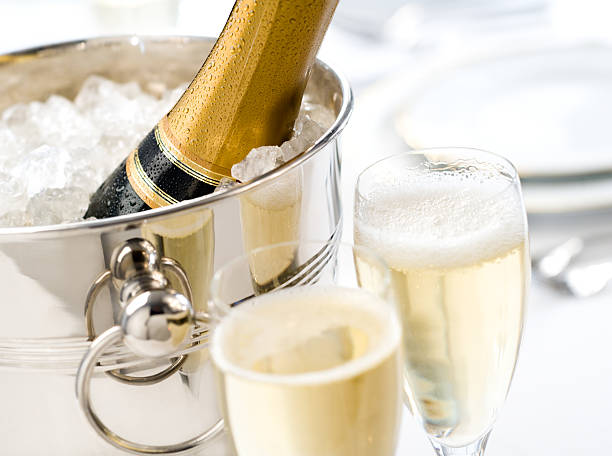Champagne is a sparkling wine that is typically enjoyed on special occasions and celebrations. One of the most common questions people have about champagne is how many calories it contains. In this article, we will explore the calorie content of champagne and what factors can affect the number of calories in a bottle.
First, it is important to understand that the calorie content of champagne can vary depending on the type of champagne and the brand. The calorie content of champagne is typically determined by the amount of sugar that is added during the production process. The more sugar that is added, the higher the calorie content will be.
It is important to note that the calorie content of champagne is primarily derived from its alcohol content. Champagne is made by fermenting grapes, which produces alcohol. The more alcohol in a bottle of champagne, the higher the calorie content will be. Therefore, a bottle of champagne with a higher alcohol content, such as a Brut or extra dry, will have more calories than a bottle with a lower alcohol content, such as a demi-sec or a sweet champagne.
On average, a standard serving of champagne, which is typically around 4 ounces, contains around 90 to 120 calories. This means that a full bottle of champagne, which is typically 750 milliliters, contains around 720 to 960 calories. However, it’s worth noting that calorie content can vary quite significantly depending on the brand and type of champagne, with some containing as little as 80 calories per bottle and others as much as 150 calories per bottle.
It is also important to note that the calorie content of champagne can be affected by the alcohol content. Champagne typically has an alcohol content of around 12% to 14%, which means that it contains around 120 to 140 calories from alcohol alone. The remaining calories come from sugar and other ingredients.
Another factor that can affect the calorie content of champagne is the type of grape used to make the wine. Champagne is typically made from one or a combination of three grape varieties: Chardonnay, Pinot Noir, and Pinot Meunier. Chardonnay grapes tend to have a lower sugar content, which means that champagne made from Chardonnay grapes will have a lower calorie content. On the other hand, Pinot Noir and Pinot Meunier grapes tend to have a higher sugar content, which means that champagne made from these grapes will have a higher calorie content.
It’s also worth noting that many champagnes are labeled as “Brut,” “Extra Brut,” or “Dry,” which refers to the amount of sugar added. Brut champagnes are the driest and have the least amount of sugar added, while Extra Brut champagnes have no sugar added at all. Therefore, those are the ones with less calories.
Despite the relatively low calorie content of champagne, it is still important to consume it in moderation. Consuming too much alcohol can lead to weight gain, as well as other health problems. Additionally, it is important to keep in mind that the calorie content of champagne can vary depending on the specific brand and type of champagne. Therefore, it is always a good idea to check the label or ask your server for nutritional information before consuming.
In conclusion, the calorie content of a bottle of champagne can vary depending on the type of champagne and the brand. On average, a bottle of champagne contains around 720 to 960 calories. However, calorie content can vary quite significantly depending on the brand and type of champagne. It is also important to note that the calorie content of champagne can be affected by the alcohol content, the type of grape used to make the wine, and the amount of sugar added during the production process. When choosing a champagne, it is a good idea to check the calorie content and choose one with a lower calorie content if you are trying to watch your calorie intake.

 Home
Home Health
Health Diet & Nutrition
Diet & Nutrition Living Well
Living Well More
More












